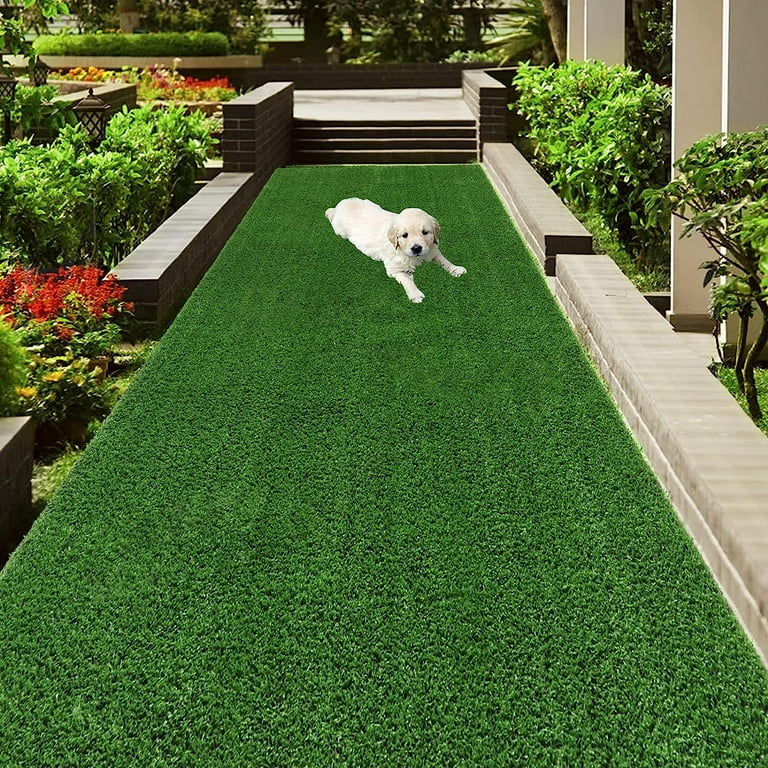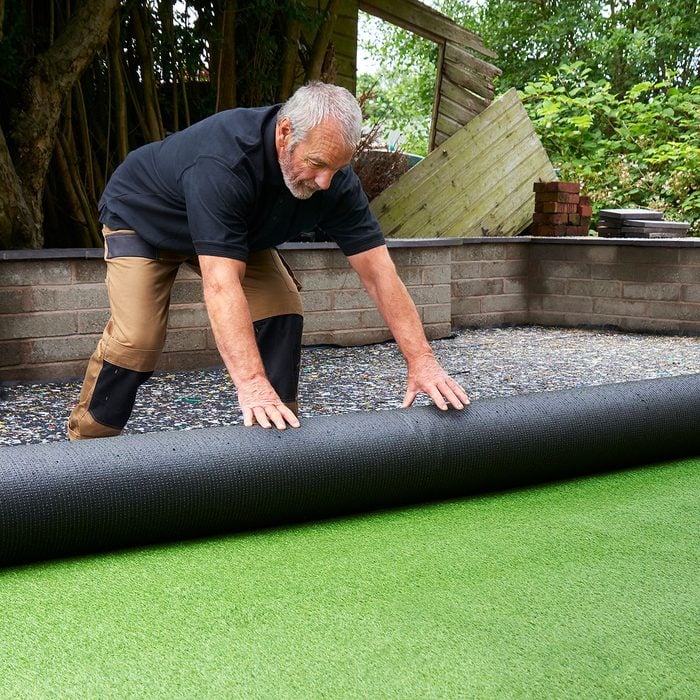Artificial Grass: The Eco-Friendly Choice for Sustainable Landscaping
Artificial Grass: The Eco-Friendly Choice for Sustainable Landscaping
Blog Article
Artificial Turf: The Ultimate Solution for Easy Grass Treatment
Artificial turf has actually been gradually gaining appeal as a practical choice to typical grass maintenance. With its lavish look and very little upkeep needs, it emerges as a promising solution for home owners looking for a low-maintenance outdoor area. Nonetheless, beyond the surface appeal, there are numerous factors to consider to discover when pondering the switch to synthetic grass. From installment complexities to long-lasting price contrasts and ecological ramifications, the decision to select man-made yard includes a nuanced examination - Artificial Grass. Let's peel off back the layers of this environment-friendly facade to reveal the functionalities and implications that include this modern strategy to yard treatment.
Advantages of Artificial Grass
Synthetic lawn provides a sensible service for those seeking a lovely yard without the trouble of continuous maintenance. Unlike natural turf, which requires routine watering, mowing, weeding, and feeding, man-made yard remains vibrant and environment-friendly with very little initiative.
In addition, fabricated yard provides a well-manicured and consistently cool appearance throughout the year. Its longevity permits it to endure heavy foot web traffic, extreme climate conditions, and pets without showing signs of wear and tear - Artificial Grass. This resilience makes sure that your outside room continues to be beautiful and welcoming, improving the total aesthetic of your building
In addition, fabricated yard is a cost-effective alternative in the future, as it removes the need for expensive upkeep tools, water costs, and expert solutions. Its initial installation price is swiftly countered by the savings accrued from decreased upkeep expenses, making it a sensible financial investment for homeowners aiming to boost their outdoor areas easily.

Setup Refine
The smooth integration of synthetic yard into outdoor rooms starts with a precise installment process that makes certain a lasting and visually appealing result. The existing yard or surface area is thoroughly dug deep into to develop a smooth and level base for the man-made yard to be laid upon.
Following this, a layer of compacted sand or accumulation is spread out and leveled to better boost the security and drain of the synthetic turf. This comprehensive setup process is vital in accomplishing a perfect and lasting fabricated yard yard.
Maintenance Tips
To maintain the immaculate look and capability of your synthetic turf yard, routine maintenance practices are vital. In addition, washing the fabricated yard with water regularly can help remove dirt and little bits that may clear up on the fibers.

In addition, if you have pets, it is important to tidy up after them immediately to stop smells and microbial growth on the fabricated grass surface. By complying with these maintenance ideas, you can make sure that your artificial turf lawn stays in top problem for several years to come.
Expense Contrast With Natural Lawn
Contrasting the total costs between man-made yard and natural turf reveals significant differences that find this can affect long-term upkeep expenses. Artificial lawn requires very little upkeep compared to all-natural yard, which involves routine watering, Get the facts mowing, fertilizing, and bug control.
In the long run, artificial turf shows to be much more affordable as it removes the demand for these routine maintenance activities. Additionally, fabricated yard is resistant and resilient to damage, lowering the demand for substitutes and repair work that are common with all-natural grass. By thinking about the total amount expenditures involved in keeping a yard, fabricated turf becomes a monetarily prudent choice for homeowners seeking to reduce grass care prices over time.

Environmental Influence of Artificial Yard
Provided the monetary benefits of choosing for fabricated yard over natural grass, it is vital to assess the ecological influence associated with the usage of fabricated turf. While synthetic lawn gets rid of the requirement for water, pesticides, and mowing, it postures specific environmental worries.
Furthermore, artificial turf can lead to warm retention in urban areas, affecting local microclimates and increasing power intake for cooling. While man-made yard offers comfort, its ecological effect ought to be meticulously considered in decision-making procedures.
Verdict

In final thought, fabricated turf uses a low-maintenance and affordable solution for preserving a lovely lawn. When contrasted to all-natural yard, artificial yard calls for much less water and upkeep, making it an ecologically friendly choice.
Contrasting the overall expenses between man-made yard and all-natural yard discloses considerable distinctions that can impact long-term maintenance expenditures. Man-made lawn calls for marginal upkeep compared to natural grass, which requires regular watering, mowing, feeding, and insect control. In addition, man-made grass is immune and durable to use and tear, minimizing the need for replacements and repairs that are usual with natural yard.Given the economic benefits of deciding for fabricated turf over natural lawn, it is important to examine the ecological effect linked with the usage why not check here of synthetic turf. When contrasted to natural grass, fabricated grass requires much less water and upkeep, making it an ecologically friendly option.
Report this page